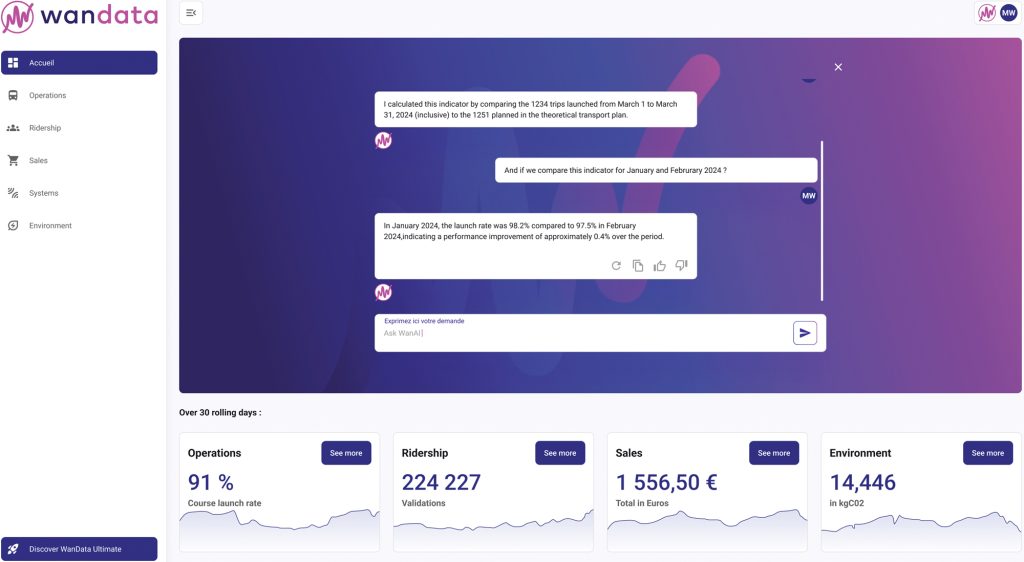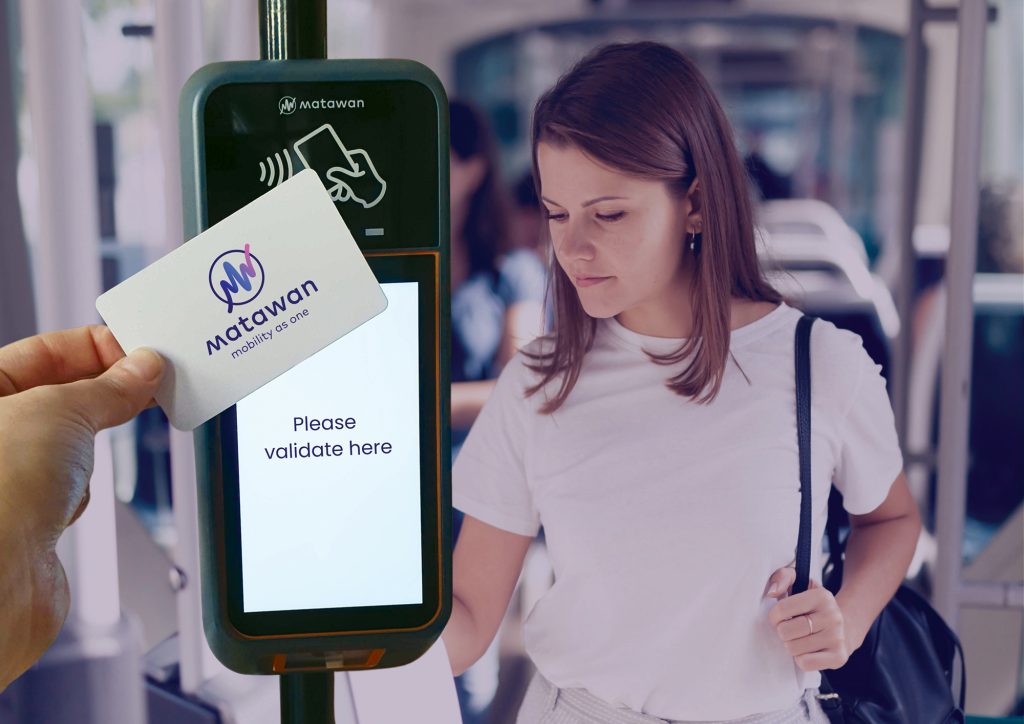How Technology Can Solve Agencies’ Biggest Challenges
By Jérôme Tredan | 4/16/2025
JÉRÔME TREDAN
CEO
Matawan

Ridership & Revenue: Securing Finances
Increasing ridership and revenue requires modern, flexible fare-collection systems that improve accessibility and ease of payment for all riders. Innovative account-based ticketing (ABT) solutions make fare payments such as open-loop systems, e-wallets, and mobile transactions more secure, scalable, and accessible for riders, reducing the dependency on cash.
In Drummondville, Canada, advanced fare-management and open-loop hardware have resulted in 60 percent less manual processing and an estimated saving of $20,000 CAD/year on fraud and paper ticket costs. Networks like La Rochelle in France shifted 45 percent of all validations to open payment systems in just one year, highlighting the opportunity ahead.
ABT platforms leverage data and AI-driven analytics to help optimize fare structures, enhance service planning, and ensure efficient revenue collection. Real-time fare monitoring and digital ticketing create a frictionless experience that attracts more passengers while supporting the financial sustainability of transit networks.
Staff Shortages: Keeping Public Transport Running
Transit agencies are facing a critical workforce shortage, resulting in service disruptions, longer wait times, and increased pressure on staff, ultimately degrading the passenger experience. Cloud-based ABT systems integrated with CAD/AVL, like the one we deployed in St-Jean-sur-Richelieu, Canada, can reduce operational strain and improve service reliability, by optimizing workforce management.

The digitalization of manual processes around maintenance and passenger information, often time consuming and prone to errors, is a game-changing opportunity for transit agencies. Imagine being able to fully automate the creation of schedules and make instant updates with just a few clicks. Ferrara and Bologna, Italy, now have the ability to do just that and save up to 80 percent time in the process, ensuring seamless operations and improved passenger service.
Service Quality: Enhancing Passenger Experience
Ensuring a high quality of service is fundamental to public transit success as passengers rightly expect safe, clean, and comfortable public transport. Issues like damaged shelters or inaccurate schedules erode their trust and create operational headaches.
Digital reporting tools transform maintenance. Systems we deployed in Spanish cities like Valencia and Alicante enable passengers and staff to report in real time a damaged shelter or inaccurate schedule, and agencies to manage the process efficiently with important permanence and quality of service gains.
GPS-based systems improve service quality through real-time passenger information with accurate bus tracking, improving passenger experience and safety with the capability for parents to monitor their children’s school commute. Reliable, real-time information enhances the passenger experience and promotes greater confidence in public transit.
Supply-Demand Optimization: Adapting to Changing Mobility Patterns

Imagine simply asking a chat interface about the performance of your lines and receiving instant, actionable feedback. A reality, not a dream. Efficient transit hinges on aligning with demand, yet many cities struggle with accurate assessments. Inflexible schedules and static route planning lead to wasted resources and operational inefficiencies.
AI simplifies data analysis, providing valuable insights by analyzing passenger flows, travel patterns, and peak-hour demand, and making it impactful. In the French region of Occitanie, we offer instant access to unified data from 13 local authorities and 200 concessionary companies, fostering seamless collaboration, and providing multi-level access to key stakeholders for aligned decision-making.
Planning decisions, like route and fare adjustments, are now grounded in analyzed data, not anecdotal evidence. By leveraging existing data sources and these user-friendly AI tools, transit agencies can optimize route planning, dynamically adjust service levels, and efficiently allocate resources.
The Future of Transit: A Tech-Enabled Transformation?
The future of a thriving public transit system in the U.S. depends on the strategic adoption of advanced technology solutions—as per those described above—driving greater operational efficiency and enhanced passenger experience.